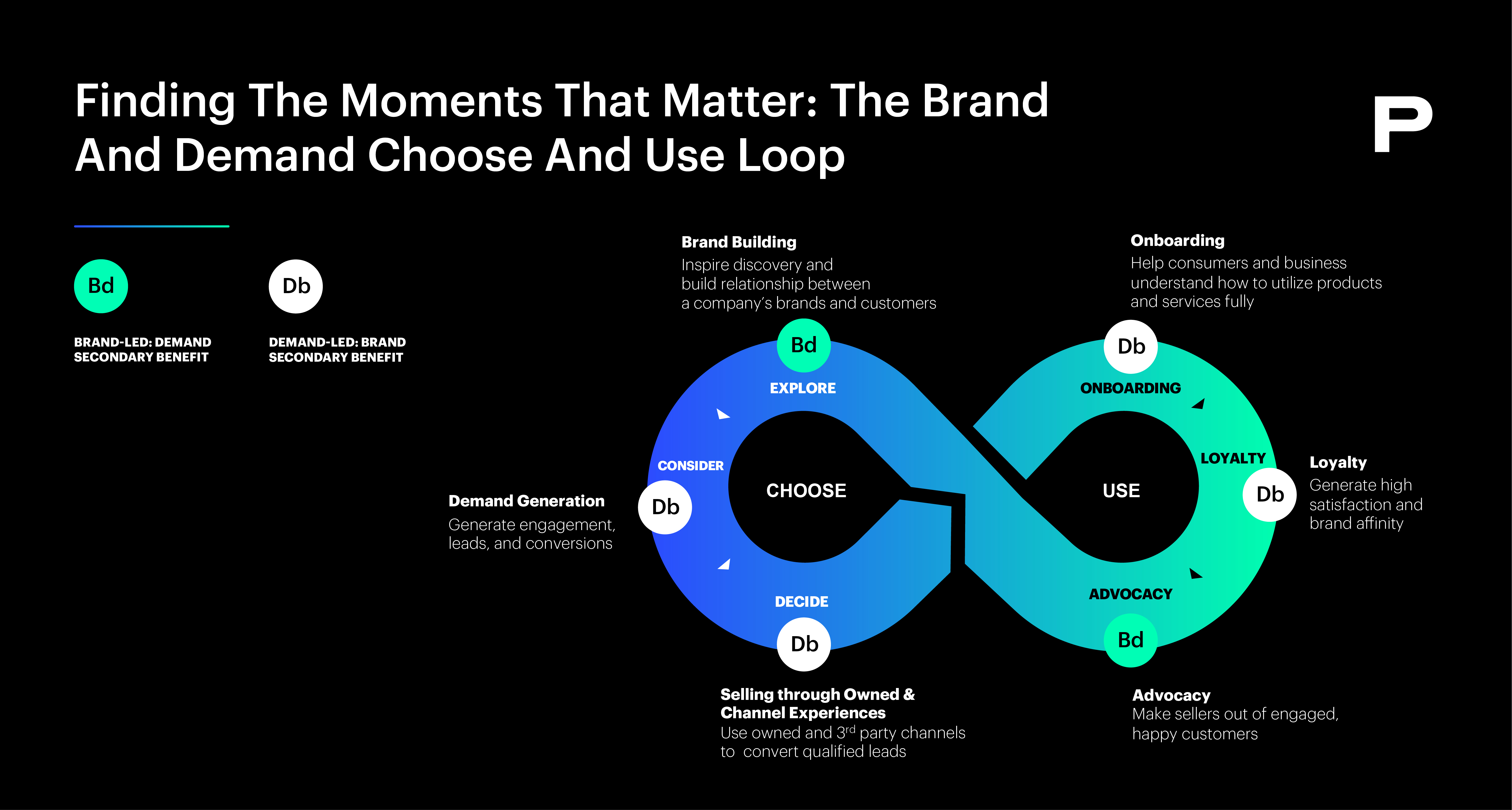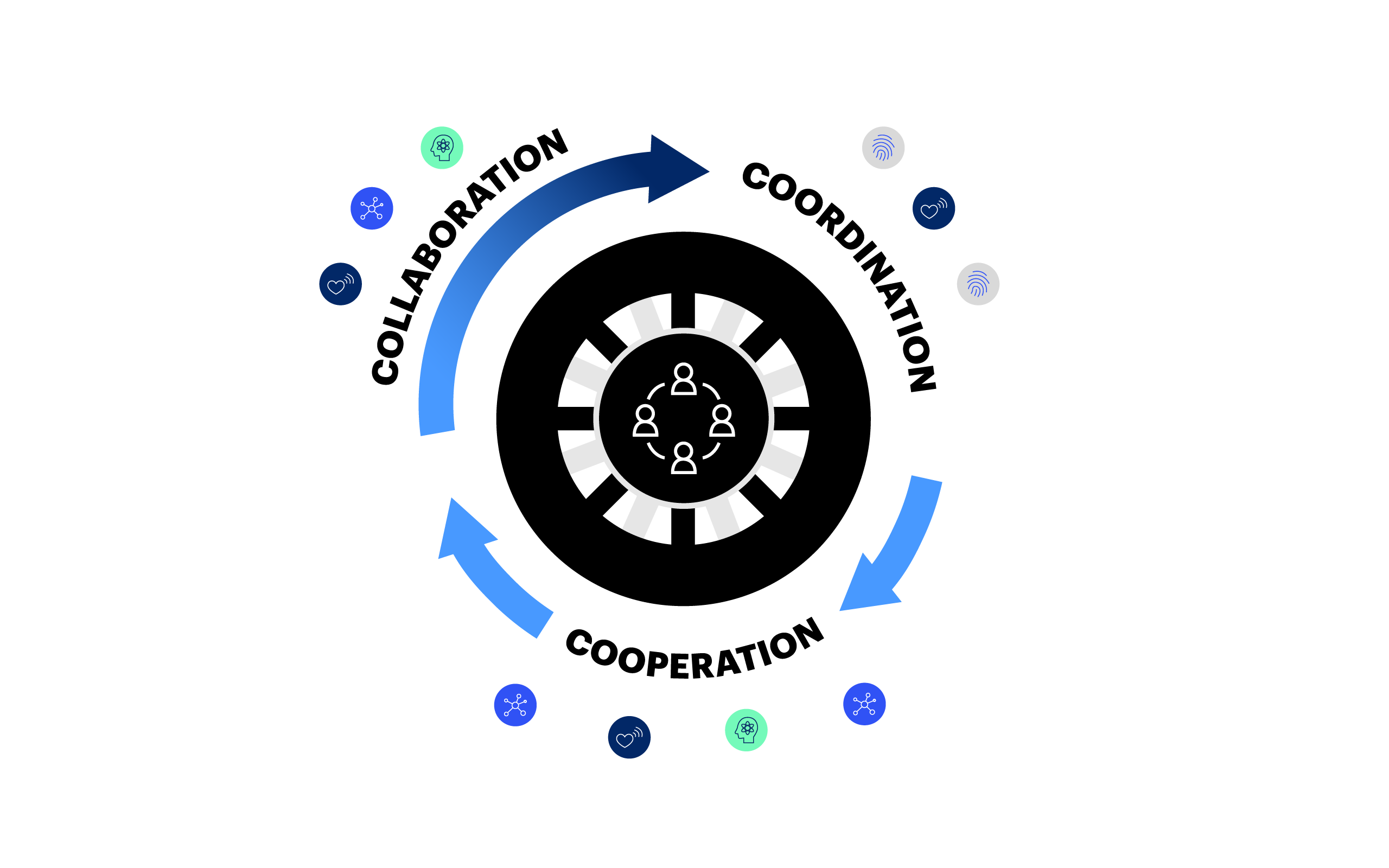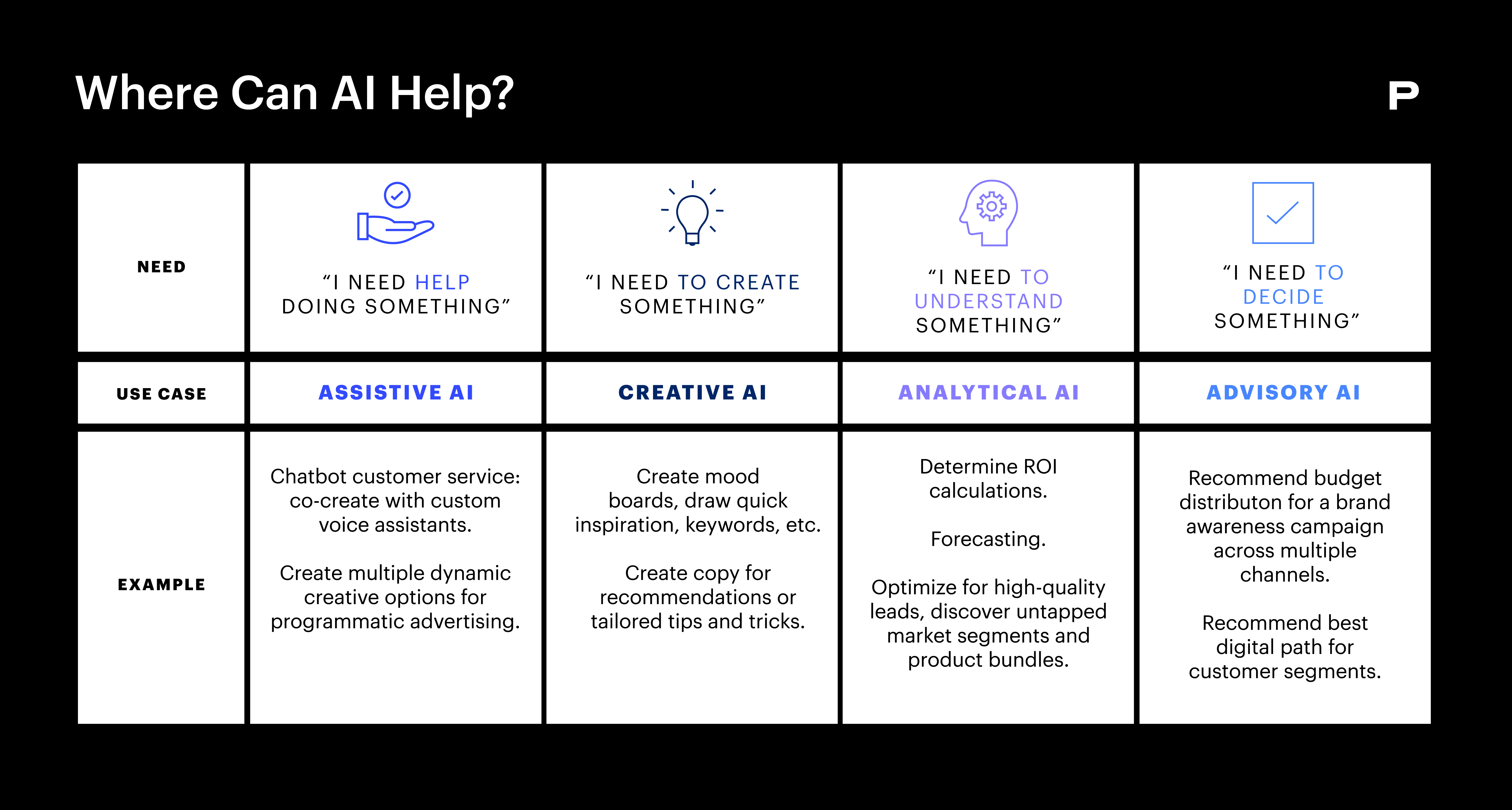BLOG
Igniting Growth in 2024: Four Trends to Prioritize for Business Leaders in Asia
Here are the top priorities for CEOs and CMOs to unlock uncommon growth in Asia.
In 2023, businesses in Asia faced significant challenges, including rising costs, economic uncertainties, and persistent inflation. In 2024, C-suite leaders are confronted with the responsibility of driving growth amid tight marketing budgets and increasing cost pressures.
With a cautiously optimistic outlook for 2024, what should be the top priorities for CEOs and CMOs in Asia to enhance customer relevance and foster business growth? There are four crucial levers to unlock uncommon growth in the coming year:
- Optimize your investment allocation across the brand funnel with a focus on generating demand to continually drive conversion and loyalty.
- Be hyper-focused on your customers – leaders need to shift from a product-centric mindset towards a customer experience-led proposition to capture a larger total addressable market size and customer share of wallet, and shape perception as a market leader.
- Adopt a unified marketing operating model to foster effective collaboration and integrated decision-making across business units. This will not only drive synergies but also uncover untapped areas of growth.
- Harness the power of AI to supercharge your growth – from uncovering customer insights for strategic investment decisions, to enabling personalised and engaging experiences for customers.
In this article, we delve into these strategic priorities, helping leaders navigate the evolving market.
1. Stepping up Demand Generation as the Catalyst to Ignite Growth
In the post-pandemic era, consumer behaviors have become more intricate and diverse, challenging the traditional way of capturing the dynamic nature of the customer journey. C-suite leaders in 2024 must shift toward an agile growth strategy, with a strong emphasis on demand generation.

It is now crucial for C-suite leaders to concentrate on demand-driven strategies for engagement, leads, and conversions throughout the entire customer journey. This involves creating an efficient channel mix using an agile approach for data strategies and crafting unique experiences to promote loyalty, advocacy, and repeat purchases. Most importantly, this requires a human-centric growth strategy rooted in consumer insights.
For instance, AB InBev Korea collaborated with Prophet to gain a comprehensive understanding of the Korean beverage market, aligning with consumer needs to identify growth opportunities. This insight-driven approach guided targeted investments in channels and brand activations, stimulating growth within their portfolio. Similarly, a multinational athletic apparel retailer partnered with Prophet to tailor a marketing effectiveness model for APAC. This data-driven strategy enabled informed decision-making, optimizing their marketing mix across the brand funnel and driving demand in a fiercely competitive landscape, ultimately leading to accelerated growth.
2024 Priority: Leaders must strategically allocate resources to strengthen demand generation, steering growth strategies based on iterative consumer and market insights throughout the customer journey. This shift will enable marketing efforts to be more effectively aligned to generate demand and propel conversion and loyalty.
2. Strengthening Full-Funnel Customer Experience to Accelerate Conversion
Amid economic uncertainties, 68% of leaders in APAC prioritize business resilience by emphasizing customer service. The Asian Banker reported that 77% of satisfied customers actively advocate for the brand, underscoring the pivotal role of customer satisfaction in retaining the existing customer base and fostering sustainable growth.
As CMOs now assume a more influential role in strategic decision-making, a unique opportunity arises to integrate customer experience (CX) into the organization’s DNA, shifting from a product-centric to an experience-led strategy. At the core of this transformative shift, three key principles should be considered:

A compelling example of how an experience-led transformation can drive tangible growth is Singapore Airlines’ Kris+. Launched in 2020, Kris+ was conceived as a lifestyle rewards program aimed at engaging users beyond their air travel experiences. Going beyond traditional mileage rewards, Kris+ consolidates a diverse array of rewards, privileges and payment options into a single app. This innovative approach not only provides users with additional opportunities to enhance their shopping experiences both during flights and on the ground but also adds substantial value. Singapore Airlines’ potential customer base has expanded, and Kris+ currently stands as a significant revenue driver for the airline, boasting over 2.1 million downloads globally since inception.
2024 Priority: An experience-led growth strategy extends beyond the realm of bolstering engagement and loyalty. When executed adeptly, it serves as a catalyst for broadening the total addressable market, augmenting customer share of the wallet, and solidifying the brand’s standing as a market leader.
3. Achieving More With Less Through a Collaborative Operational Model
The role of CMOs has undergone rapid evolution, with an escalating demand for them to demonstrate Return on Investment (ROI) and contribute significantly to overall revenue. Consequently, CMOs are now more intricately involved in decision-making processes that span various facets of business strategy, including CX, product, sales, and, in some instances, directly managing these areas.
For CEOs, establishing robust connections between diverse channels, disciplines, and departments within their organizations is paramount. This not only fosters effective collaboration but also ensures seamless decision-making across different business functions.
Prophet’s Collaboration Flywheel

Our research suggests that a progressive understanding of collaboration takes place over three phases. Read more.
In 2022, Prophet played a pivotal role in supporting Cisco Secure’s transformation of its marketing operating model. The primary objective behind this strategic move was to enhance efficiency and collaboration across different functions. The result was a more defined structure among business functions, both regionally and locally, underscoring the effectiveness of strategic alignment in achieving organizational goals.
Another noteworthy case is Luckin Coffee, one of the fastest-growing retail coffee chains in Asia. The brand, once on the brink of bankruptcy, was committed to optimizing its operational efficiency and quickly turned itself around within just two years, reporting a 7.2 billion RMB revenue in Q3 2023 and an 84.9% YoY growth. One of the key shifts Luckin took was to evolve CMO Fei Yang’s role to CGO, Chief Growth Officer, to oversee revenue growth, demand generation and customer experience on top of marketing. By integrating user operations and brand marketing, Luckin was able to increase its agility in identifying customer needs, innovating products, launching marketing campaigns and accelerating demand.
2024 Priority: This strategic approach lies in not only the optimization of resource utilization but also the revelation of untapped avenues for growth across the entire business. By breaking down silos and fostering collaboration among different functions, businesses can achieve a holistic and streamlined approach to decision-making, ultimately contributing to business success and resilience.
4. Harnessing the Power of AI as a Transformative Force
Generative AI (GenAI) technology has swiftly emerged as a transformative force on a global scale, particularly within the APAC region. An IDC study reveals that 70% of C-suite leaders in the APAC region are actively exploring or have already invested in GenAI. In our recent article, we also highlighted how the capabilities of GenAI can be harnessed for marketing effectiveness. However, the stewardship of human insights and brand strategy remains key.

While many AI technologies are still in their early stages, capitalizing on this momentum requires cultivating a culture of innovation. This involves not only upskilling teams to adeptly harness AI but also addressing prevailing apprehensions and skepticism surrounding its integration.
Beyond utilizing GenAI for productivity, equipping the workforce with essential AI skills positions them to unlock its potential, extracting valuable insights from extensive customer and market data. C-suite leaders, in particular, are encouraged to strategically implement AI to enhance customer experiences and customize offerings based on the dynamic and evolving needs and behaviors of their customers.
An example of embracing AI integration is 7-Eleven Japan’s plan to leverage AI in 2024 to generate text and visual content for new products. Grounded in the analysis of store sales data and consumer feedback via social media, this approach is expected to significantly reduce the time needed for product planning and align product distribution with emerging trends.
Similarly, Disney has been a trailblazer in incorporating technology, utilizing data from wristbands, IoT sensors, and strategically placed cameras around its resorts. This data-driven approach empowers Disney World operators to identify and address overcrowded areas, offering personalized promotions to encourage customers to move to less congested spaces based on their preferences. Looking ahead, the prospect of Disney using GenAI to enhance personalization, such as anticipating customers’ dietary needs before they enter restaurants, adds an exciting dimension to its growth trajectory.
2024 Priority: As AI technologies continue to advance, it is imperative for organizations to possess a comprehensive understanding of AI, supported by clear guidelines and policies. This ensures the quality and reliability of AI-driven insights, thereby facilitating informed decision-making in an increasingly dynamic business landscape.
FINAL THOUGHTS
In 2024, the key to igniting business growth is to prioritize demand generation and shift toward an experience-led customer journey. Moreover, it is crucial for C-suite leaders to drive integrated decision-making and harness AI as a transformative force to ignite growth in today’s competitive business landscape.
The synthesis of these strategic priorities will be instrumental in defining success and resilience for C-suite leaders who are navigating the complexities of the year ahead.

